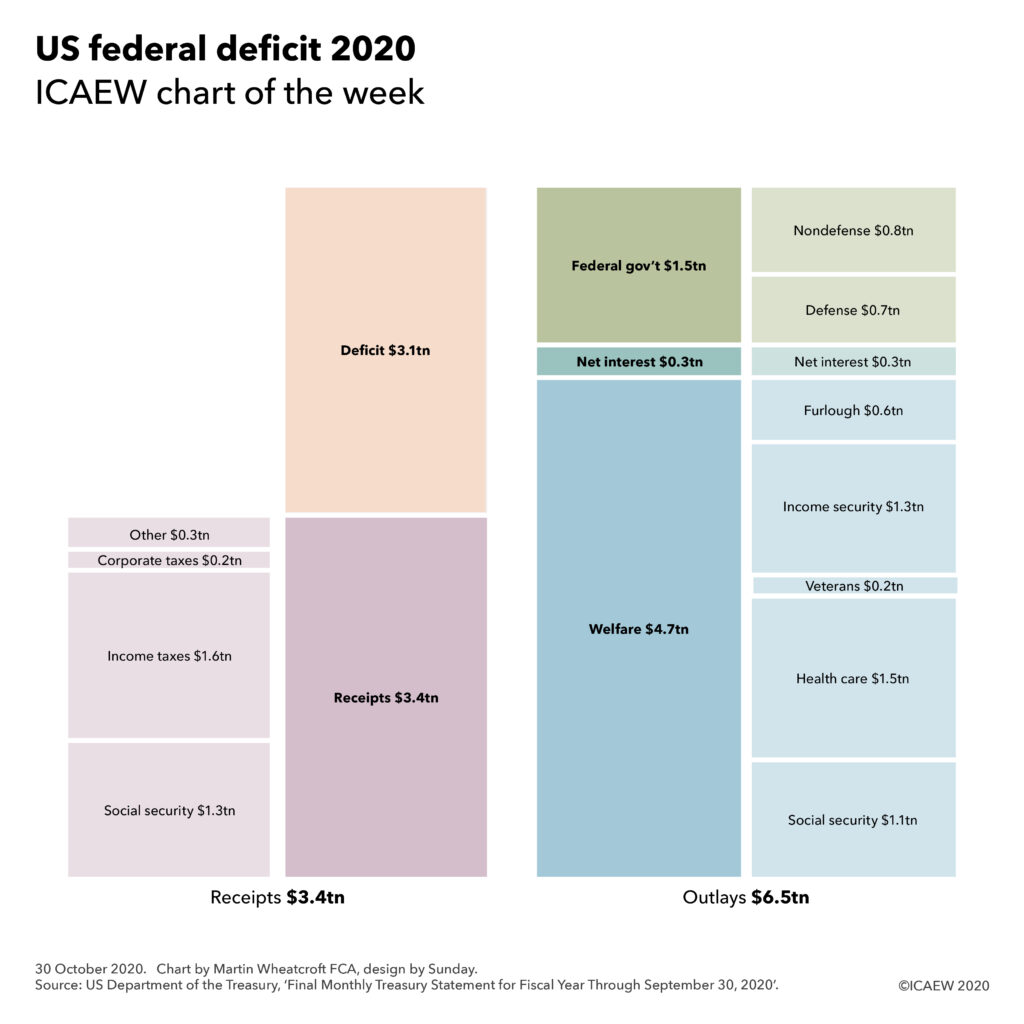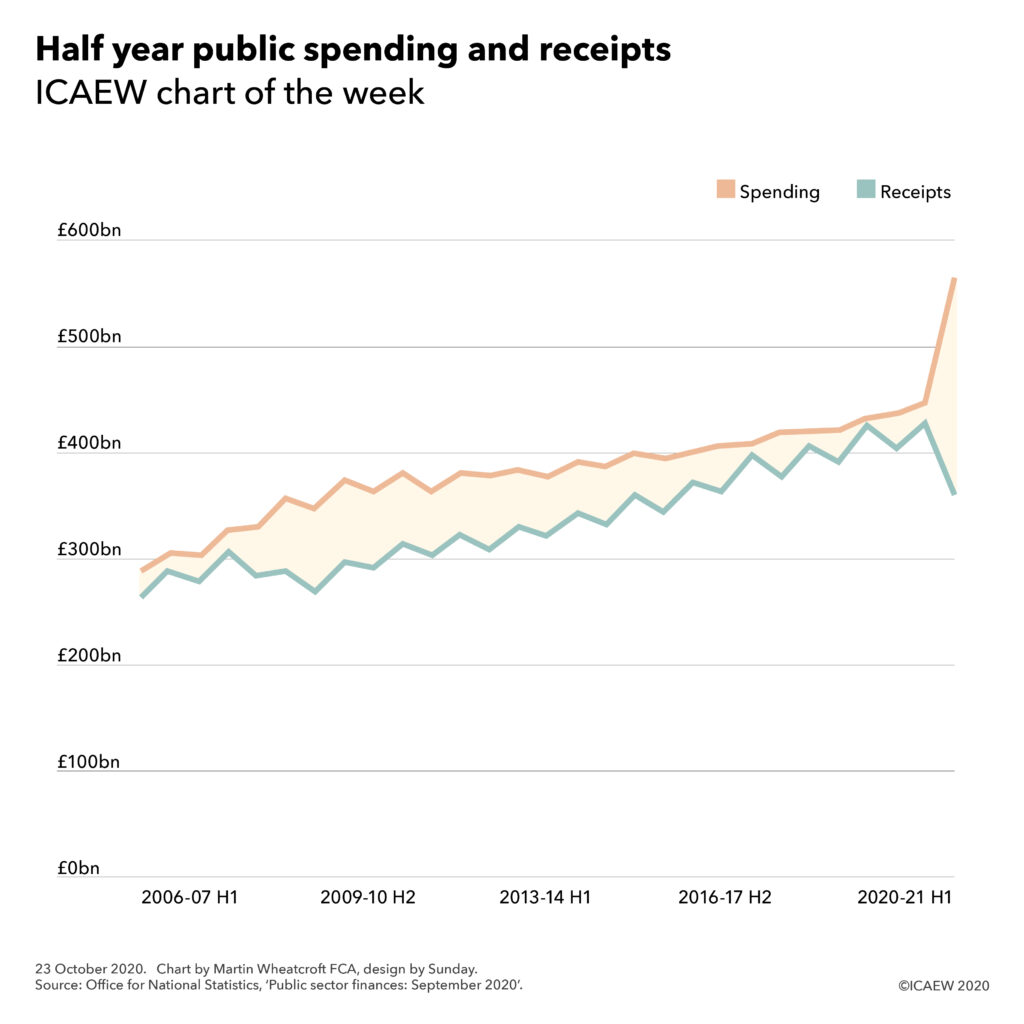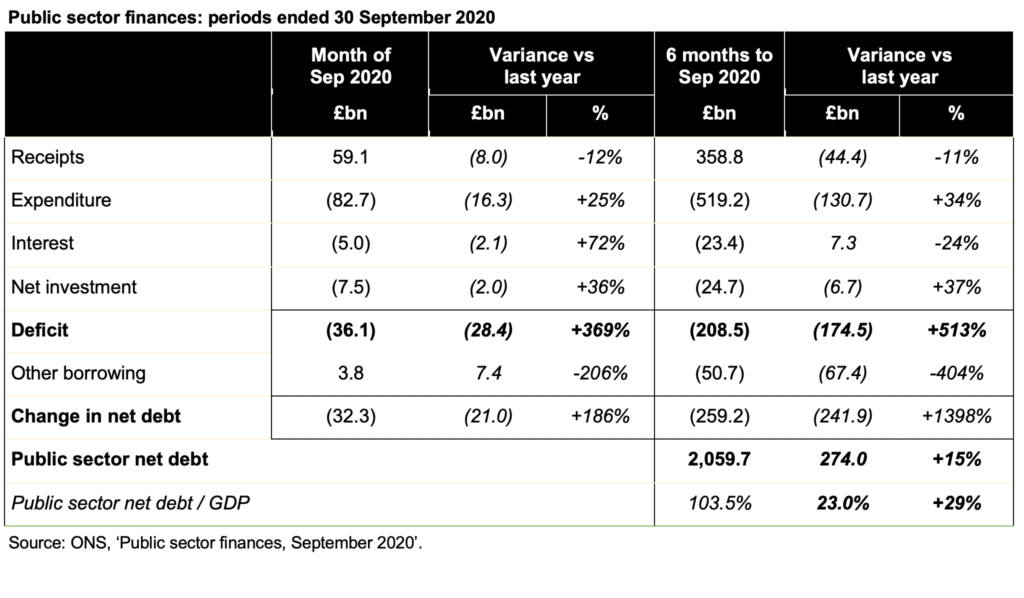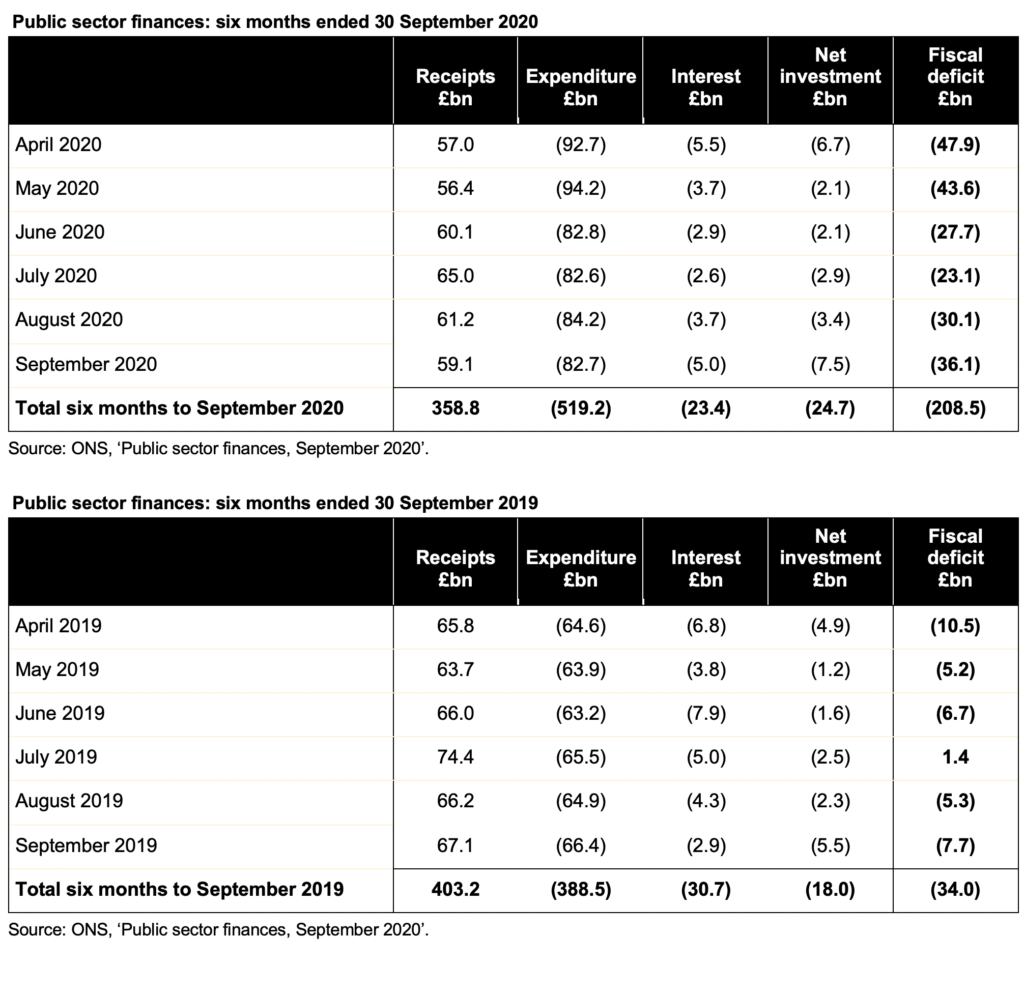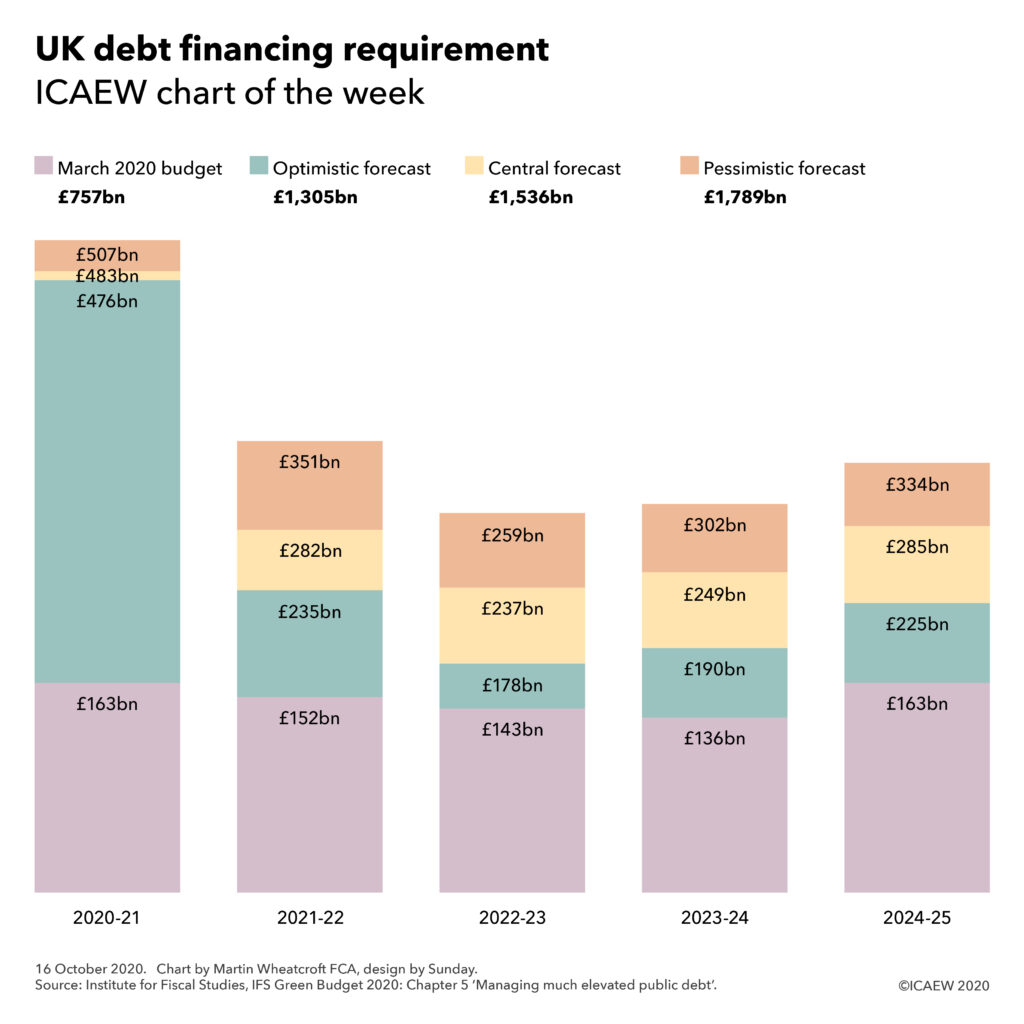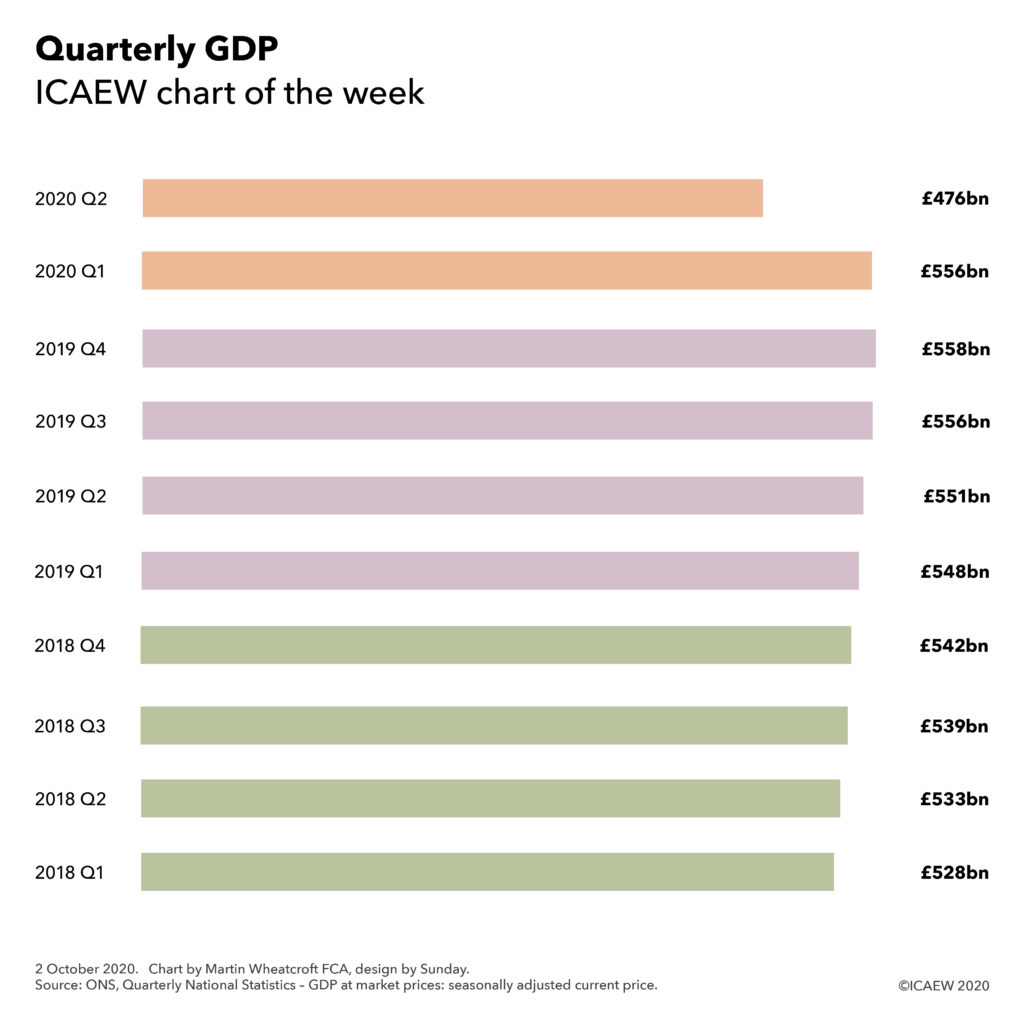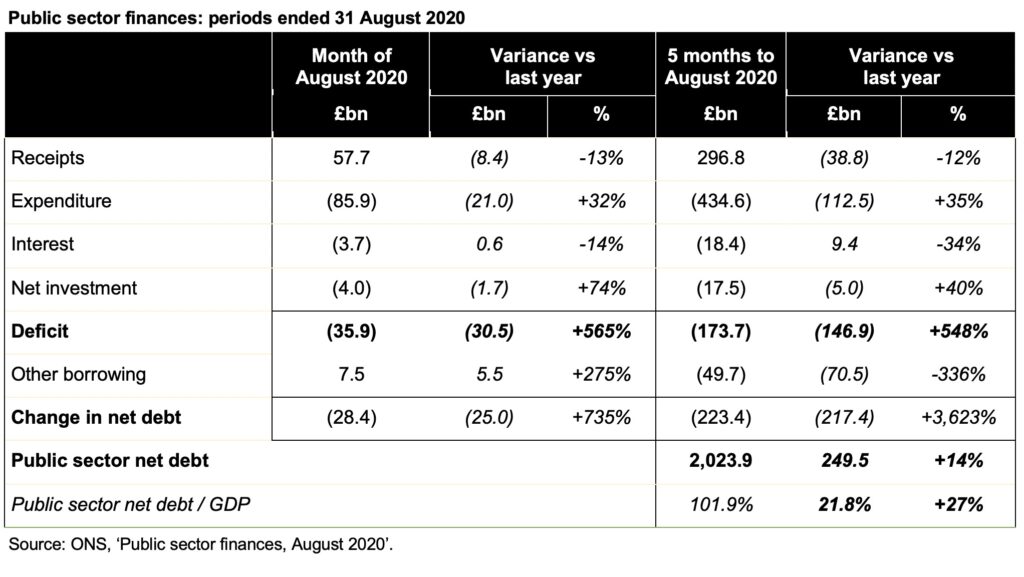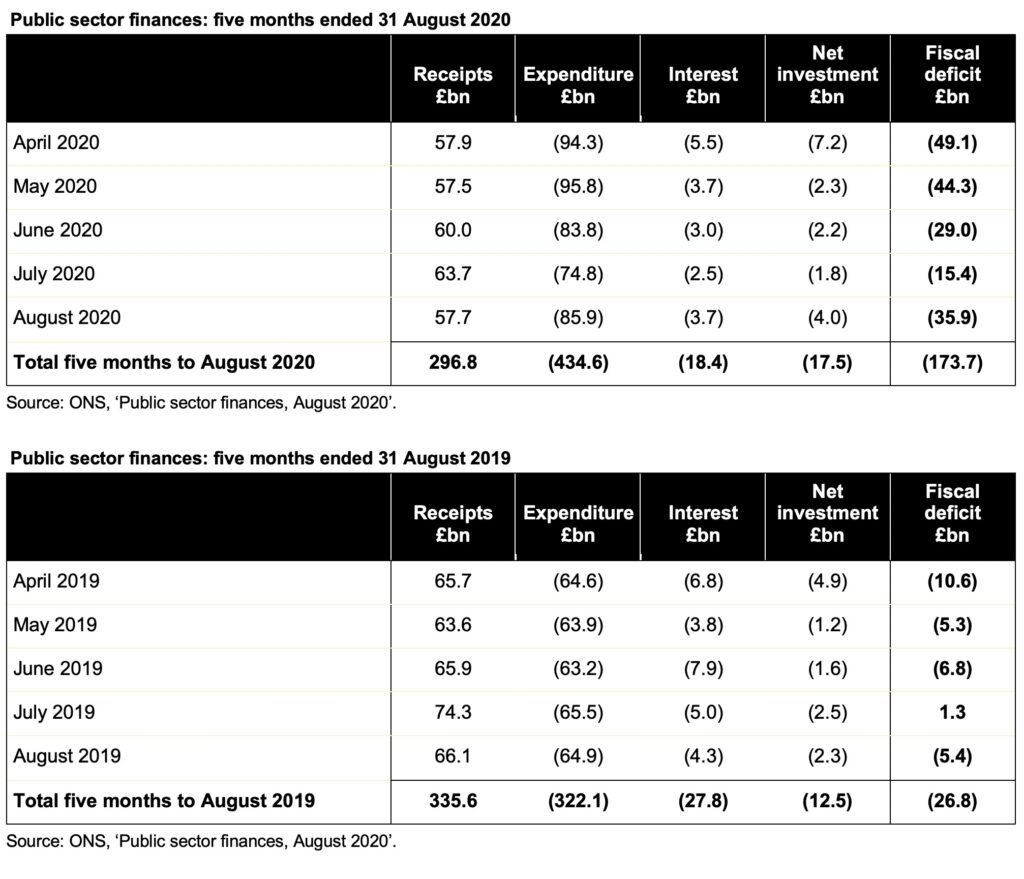6 November 2020: Renewables, imports and nuclear are expected to provide around 85% of UK electricity generation by 2040, but will that be good enough to achieve carbon neutrality a decade later in 2050?
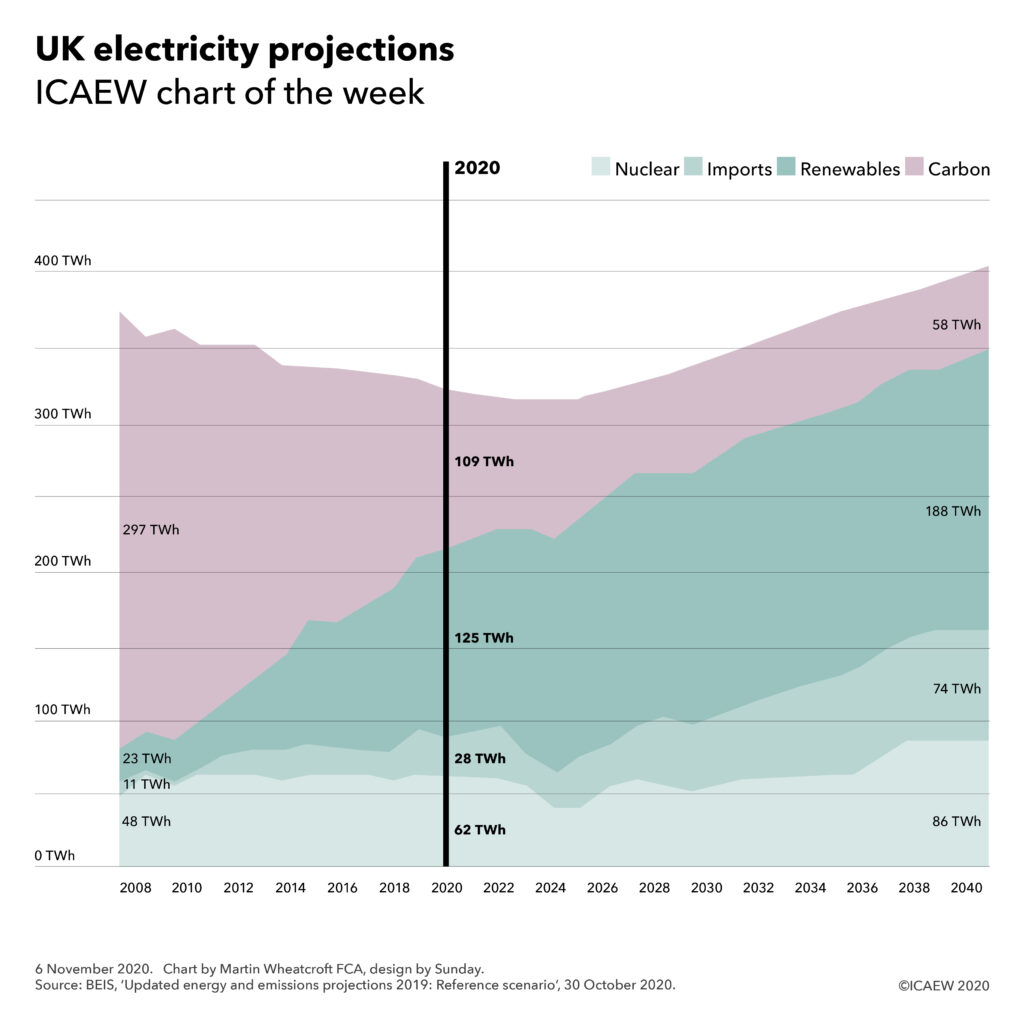
The latest official energy and emissions projections, released by the Department for Business, Energy & Industrial Strategy (BEIS) on 30 October 2020, now extend out to 2040 – a decade before the 2050 target set by the UK Government to reach net zero.
The #icaewchartoftheweek takes a look at the progress being made on decarbonising electricity generation, with renewables, nuclear and imported electricity (much of which comes from nuclear or renewable sources) expected to increase from around 20% in 2008 to 66% this year and to just over 85% in 2040.
Overall electricity demand is expected to fall over the first half of the coming decade as improved energy efficiency and energy conservation measures (such as better insulation) continue to offset more demand from a growing population and economy (caveats apply). Lower demand in the residential and services sectors are then expected to be outweighed by higher demand for industrial and transport, particularly the latter as electric vehicles take to the roads.
Coal has now been almost entirely eliminated from electricity generation, falling from 118 TWh in 2008 (when there was also 6 TWh from oil and 173 TWh from natural gas) to 2 TWh projected in 2020 alongside 107 TWh from natural gas. Even so, coal may remain a small part of the mix even in 2040 as part of a projected 5 TWh of electricity from carbon capture and storage (CCS) plants. This should leave just 53 TWh from low (but still not no) carbon natural gas generation to eliminate over the subsequent decade.
Unfortunately, electricity is only part of the energy picture, with the reference scenario calculated by BEIS projecting that carbon sources will provide 980 TWh of final energy consumption in 2040 outside of electricity supply and direct power from renewables. This includes the equivalent of around 370 TWh from natural gas used domestically, 250 TWh from diesel and petrol used in transport, and 160 TWh from aviation fuels.
So while there continues to be welcome progress in greening the electricity supply, achieving net zero overall is not going to be as easy.
